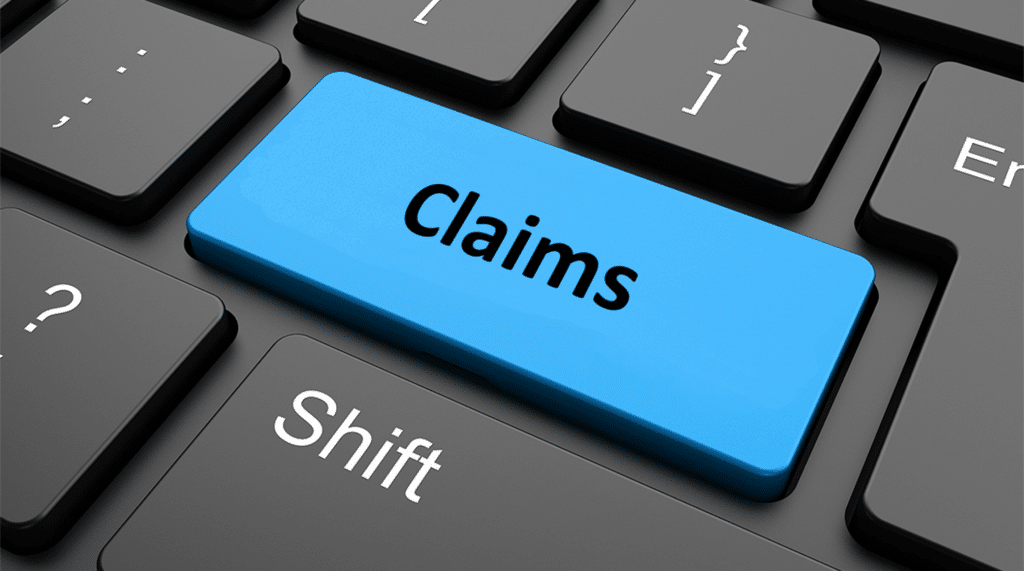How to best set claims for a medical device

Claims for a regulated product are the promise to the user for its performance, safety, and use. In the case of a medical device, the authorities will give the claims a fair value when reviewing the product documentation to attest conformity. Learn here how to best set claims for your medical device.
The claim
Claims don’t fall from the sky! Instead, claims are developed and well thought-over prior defining. As article 7 of the MDR 2017/745 demands, claims refer to the device’s intended purpose, safety and performance. In order to set a claim, therefore, the intended purpose, the safety and the performance must be clear, met and acceptable.
Intended purpose
The intended purpose of a medical device can be manifold and differs from device to device. The intended purpose is collated from different inputs, such as the use environment, the user group and potentially the use scenario along to the clinical use. All of these add to the intended purpose of a medical device. Any claims not supporting the intended purpose or misleading the user or patient is, in fact, prohibited by the MDR.
Safety
The safety of the medical device is primarily assessed via an integrated risk management or a risk-based approach. With such an approach, the risks inherent to the use, design and manufacturing of a medical device are assessed, mitigated and controlled. As defined in the harmonized standard ISO 14971, risk management is one of the important tools for medical device safety. The regulation 2017/745 further defines some general safety requirements in its annex I. These requirements, the potential clinical investigation, the clinical evaluation and the risk management tools to control the risks show the safety of a medical device. All aspects discussed, justified, mitigated or controlled in these activities can add to the claim(s) made.
Performance
Performance of a medical device very much is reduced to technical tests and clinical outcome. The design controls demand that user needs are brought forward to design inputs, generating design outputs. Those outputs then need to be verified against the inputs, proving by objective evidence that performance goals can be met. Further, MDR 2017/745 lists performance requirements in its annex I These, along to technical/mechanical and clinical performance should be met in order to provide sufficient evidence for a clearance by the authorities. In the same manner as for the intended purpose and the safety, the performance adds to the claim(s) of a medical device.
Claims and the labeling
As with all communication about a product, the claim statements can be found in many different documents and communications. For example, on the label of the product, in a product brochure, in an advertisement or on the company’s website, everywhere claims and claim-related statements can be found. Now, article 7 of the MDR is very explicit on such statements and prohibits any of the following:
- ascribing functions and properties to the device which the device does not have
- creating a false impression regarding treatment or diagnosis, functions or properties which the device does not have
- failing to inform the user or the patient of a likely risk associated with the use of the device in line with its intended purpose
- suggesting uses for the device other than those stated to form part of the intended purpose for which the conformity assessment was carried out.
How avanti europe can help
The Experts of Avanti Europe support you in defining proper claims as well as manage claims for a product or product group. Get in contact and learn how we could help in your specific case.